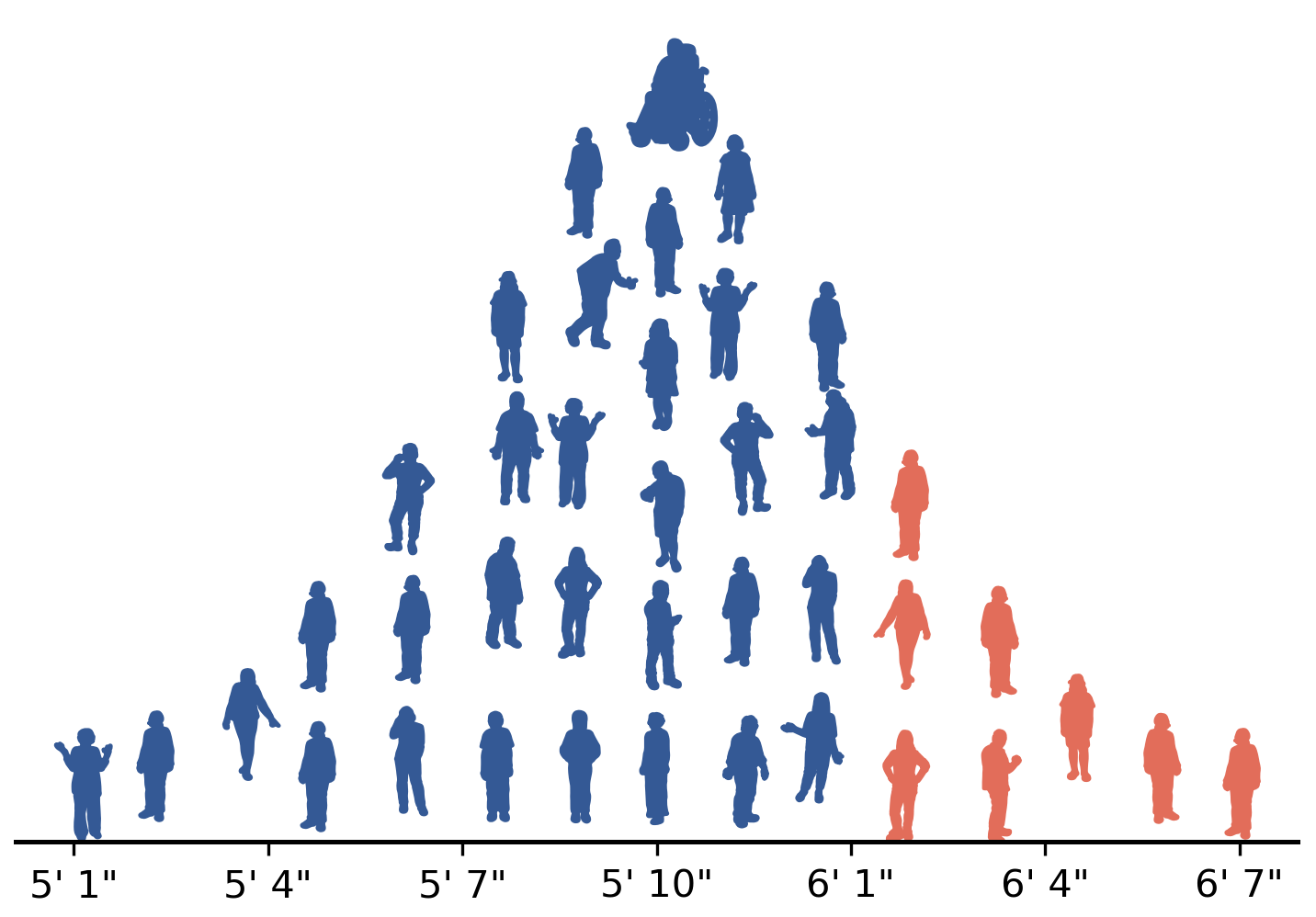1.7. Chapter Summary#
1.7.1. Key Take-Aways#
Jupyter notebooks allow mixing programming code, text, graphics, mathematics, and other types of media.
Markdown is the text markup language used by Jupyter.
Jupyter notebooks can use the mathematical markup features of LaTeX to provide beautifully formatted equations.
Python is widely used in the data science and machine learning communities.
Python has many well-developed libraries for data science and other applications.
Python uses 0-based indexing. This is the same as the C/C++ programming language but different than MATLAB.
Python operators try to do the right thing with the inputs they are given, but sometimes this can lead to unexpected results.
Python variables often point to objects like lists and arrays. Setting a new variable equal to an existing variable does not make a copy unless a variable’s \sphinxcode{copy()} method is used explicitly.
Indentation is used in Python to determine the scope of statements. This is very different than many other languages, such as C/C++, which use delimiters such as {} for this purpose.
1.7.2. Review#
This chapter explains who this book is designed for and a reader would choose to learn data science from this book. Then two of the key tools are briefly introduced: Jupyter and Python.
Self-Assessment:
The following questions can be used to check your understanding of the material covered in this chapter:
